Analyses of the skeleton retrieved from the well at Sverresborg in Trondheim in 2016 shed new light on a dramatic story from King Sverre’s saga. Now, researchers know how old the man was, what he looked like, and where in Norway he was from.
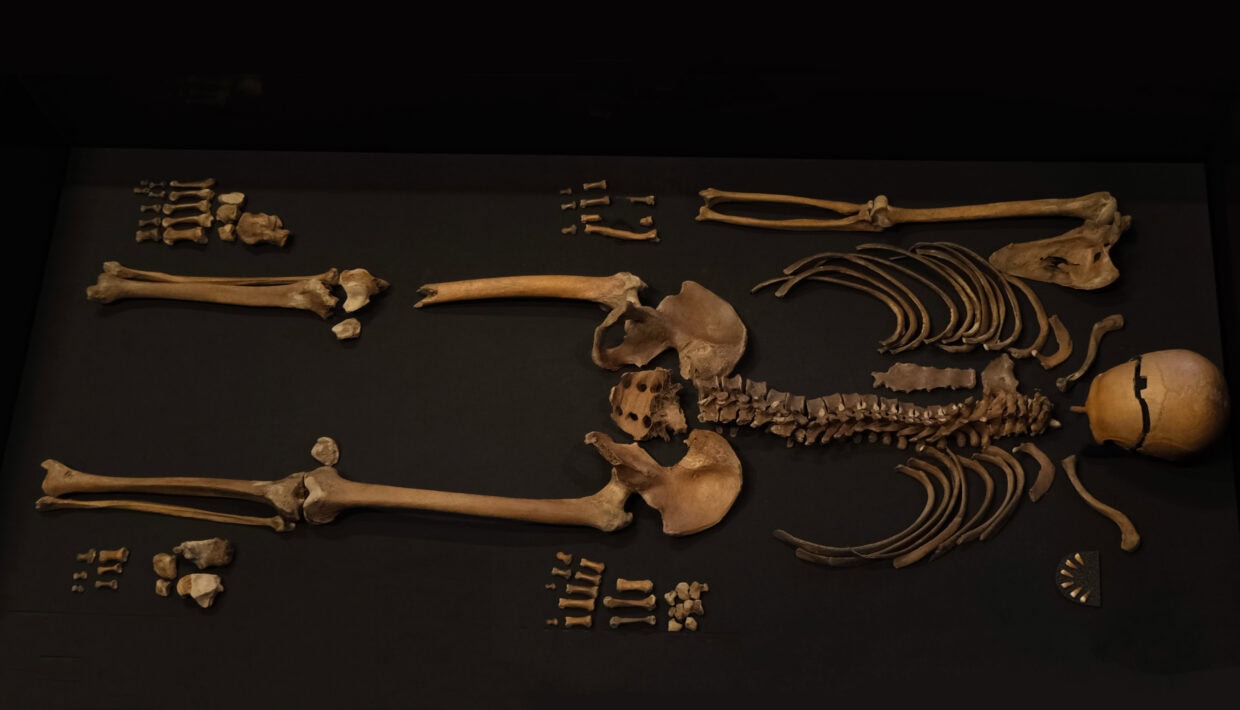

Analyses of the skeleton retrieved from the well at Sverresborg in Trondheim in 2016 shed new light on a dramatic story from King Sverre’s saga. Now, researchers know how old the man was, what he looked like, and where in Norway he was from.
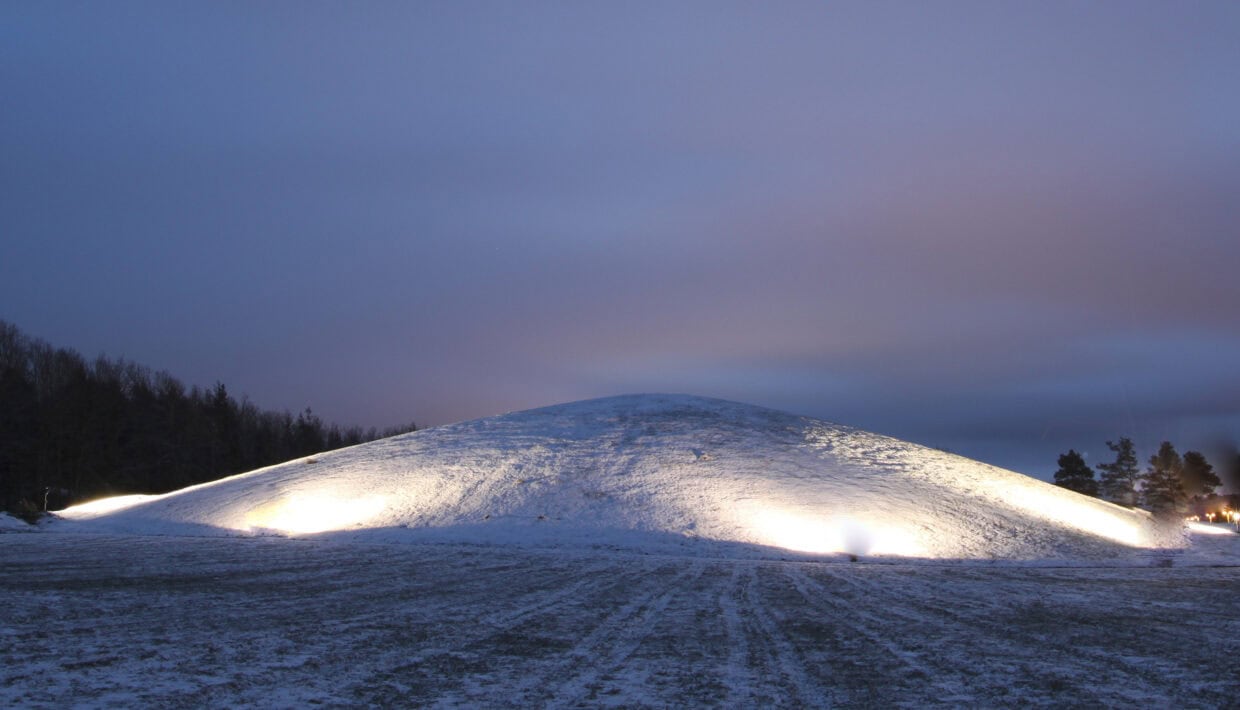
Call for papers for the conference Linking Places in the Emerging Viking Age in Oslo October 17-18th. The submission deadline is 31st May.

Save the date for the conference Linking Places in the Emerging Viking Age on the 17. and 18. October 2024! More information to come early next year.
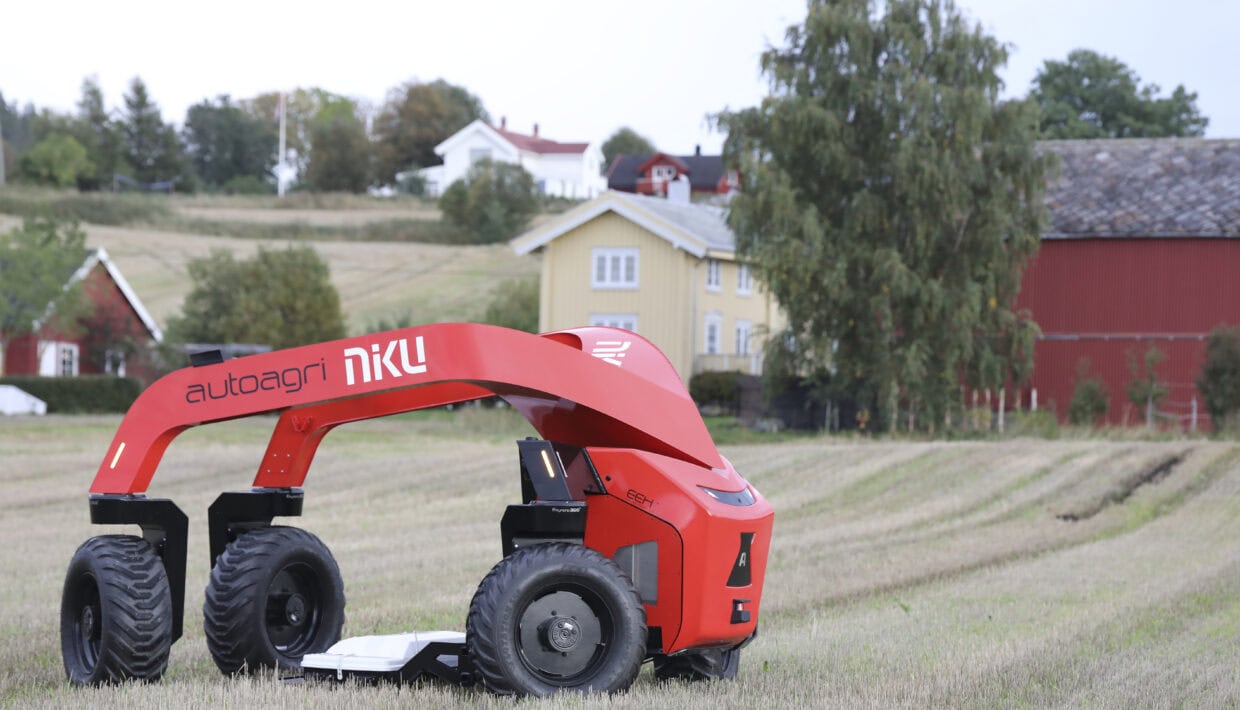
The Norwegian Institute for Cultural Heritage Research (NIKU) and AutoAgri are launching a revolutionary self-driving ground penetrating radar (GPR) for archaeological survey. The technology promises increased efficiency, climate friendly solutions, and accurate mapping of hitherto undiscovered cultural heritage.
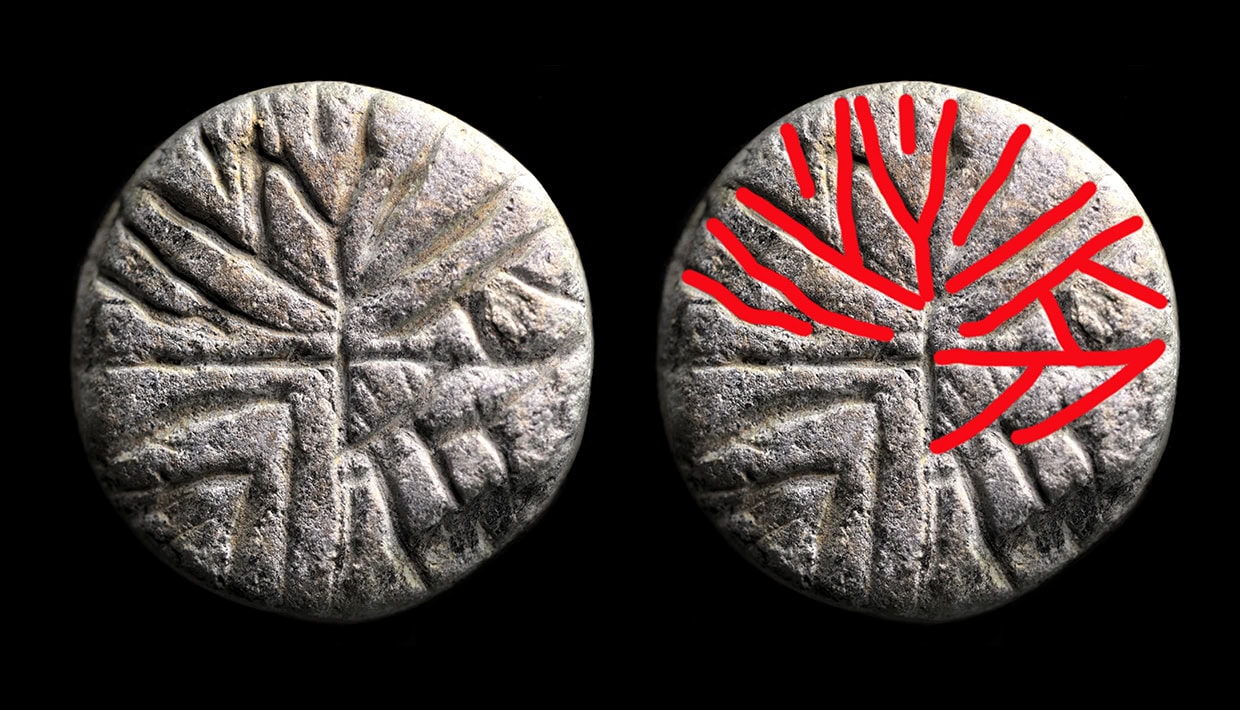
When archaeologists from The Norwegian Institute for Cultural Heritage Research conducted a last-minute excavation in Medieval Trondheim last year due to a broken sewer pipe, a surprise find was made. A soapstone gaming piece bearing a runic inscription.
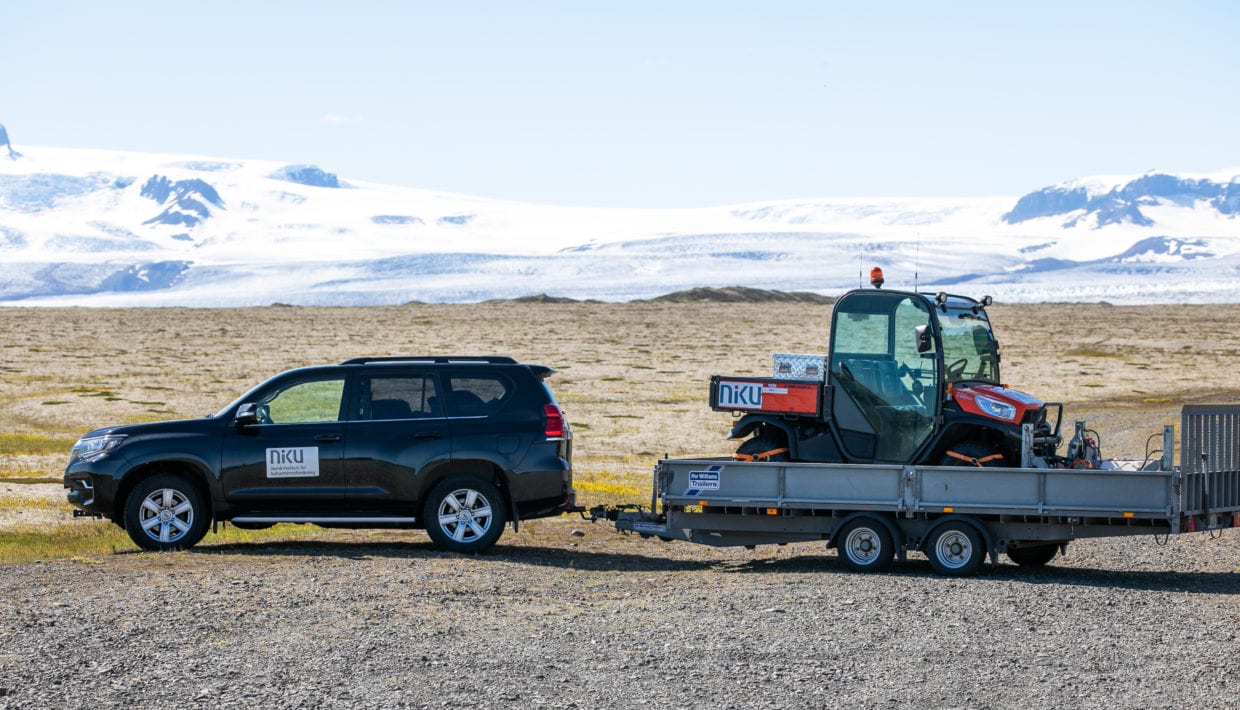
This summer, archaeologists from Norwegian Institute for Cultural Heritage (NIKU) have carried out several surveys using ground penetrating radar in Iceland. Preliminary results show that the investigations have already been very successful.
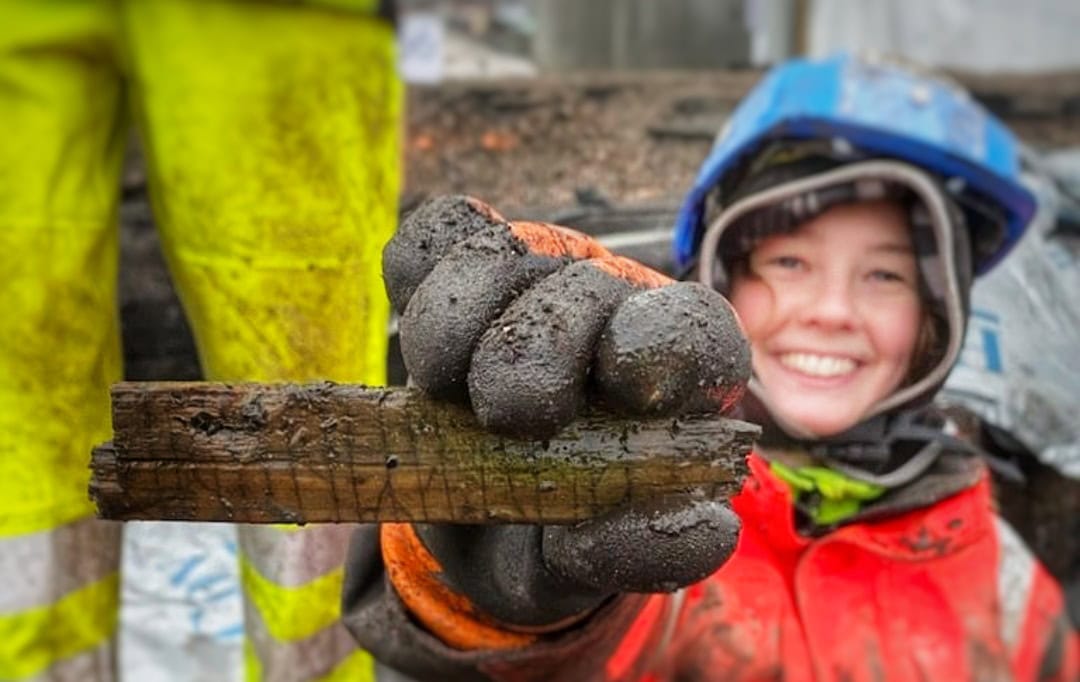
In the last week before Christmas two runic inscriptions were unearthed during excavations in Oslo’s old town. One inscription is carved on bone and this is the first bone with runes found in Oslo in more than forty years. The second is carved on wood and contains a religious text in both Norse and Latin.
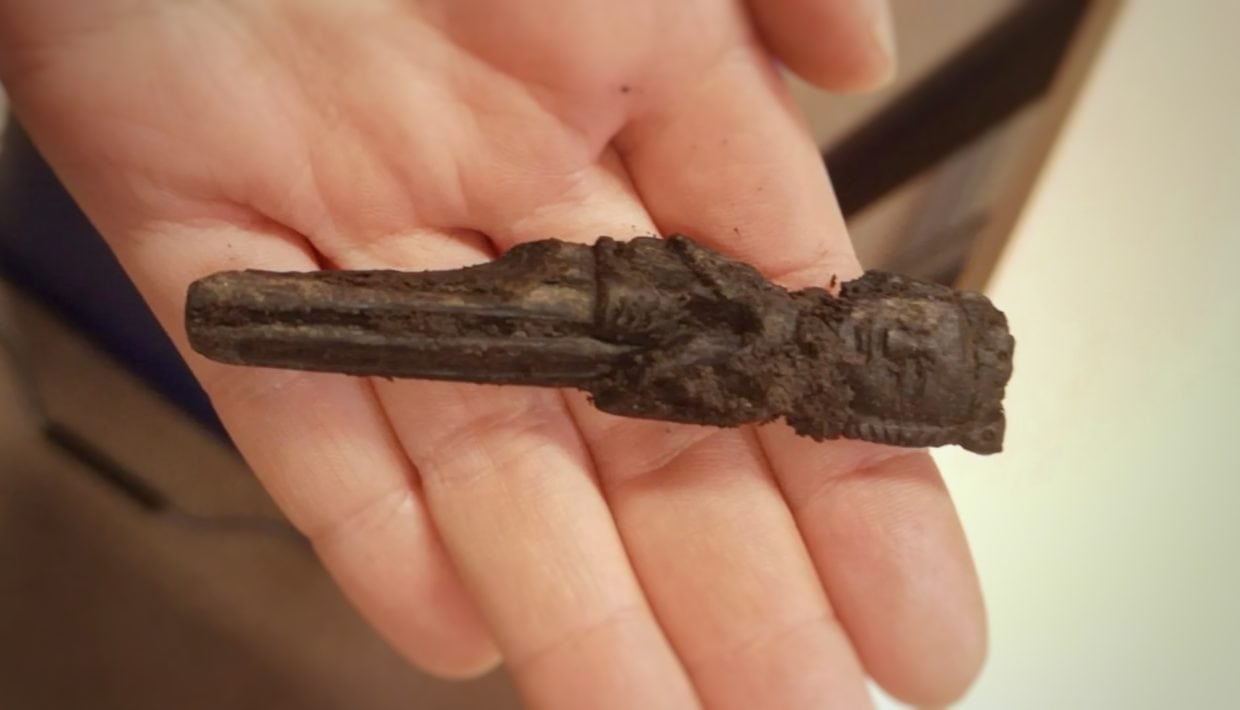
A small carved figure was recently unearthed during excavation the medieval town of Oslo. The figure depicts a person in robes and crown with a falcon perched on his arm. But is it a king or a queen?
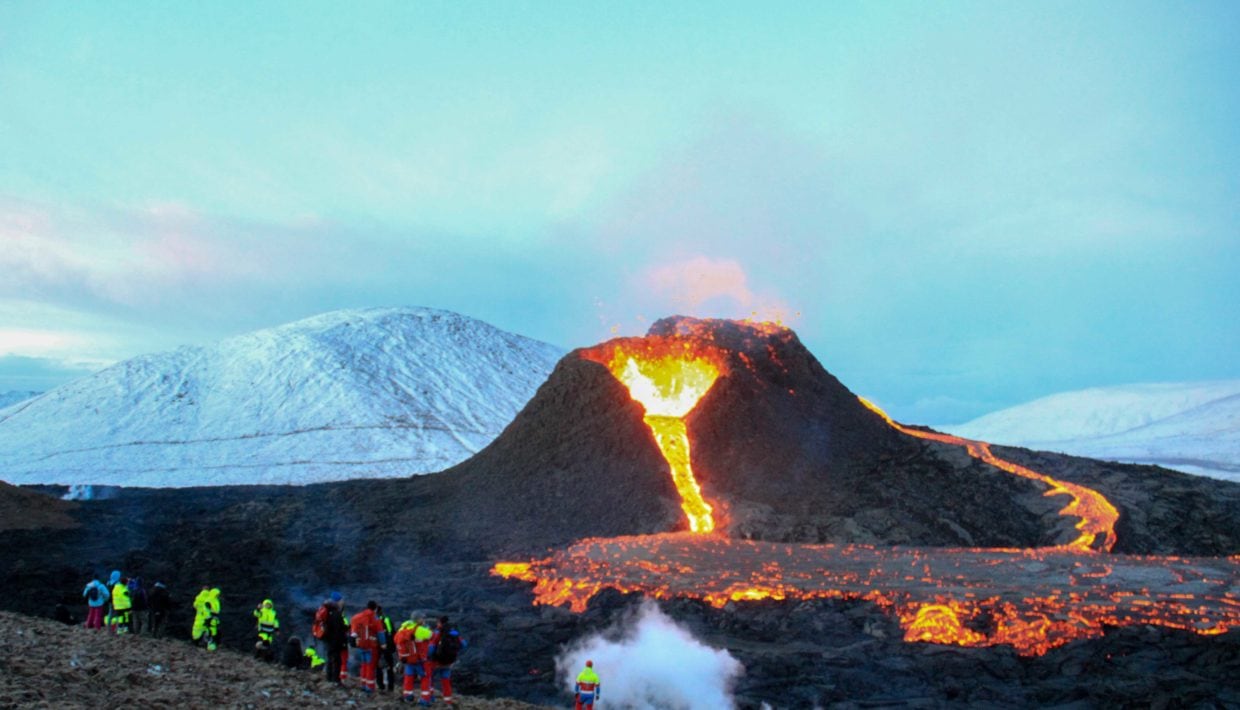
Volcanic activity on the Reykjanes peninsula in Iceland threatens several protected archaeological sites. In recent weeks, NIKU has been working hard together with the Icelandic National Heritage Board (Minjastofnun Íslands) to ensure solid digital documentation of three sites in danger of being covered by lava.
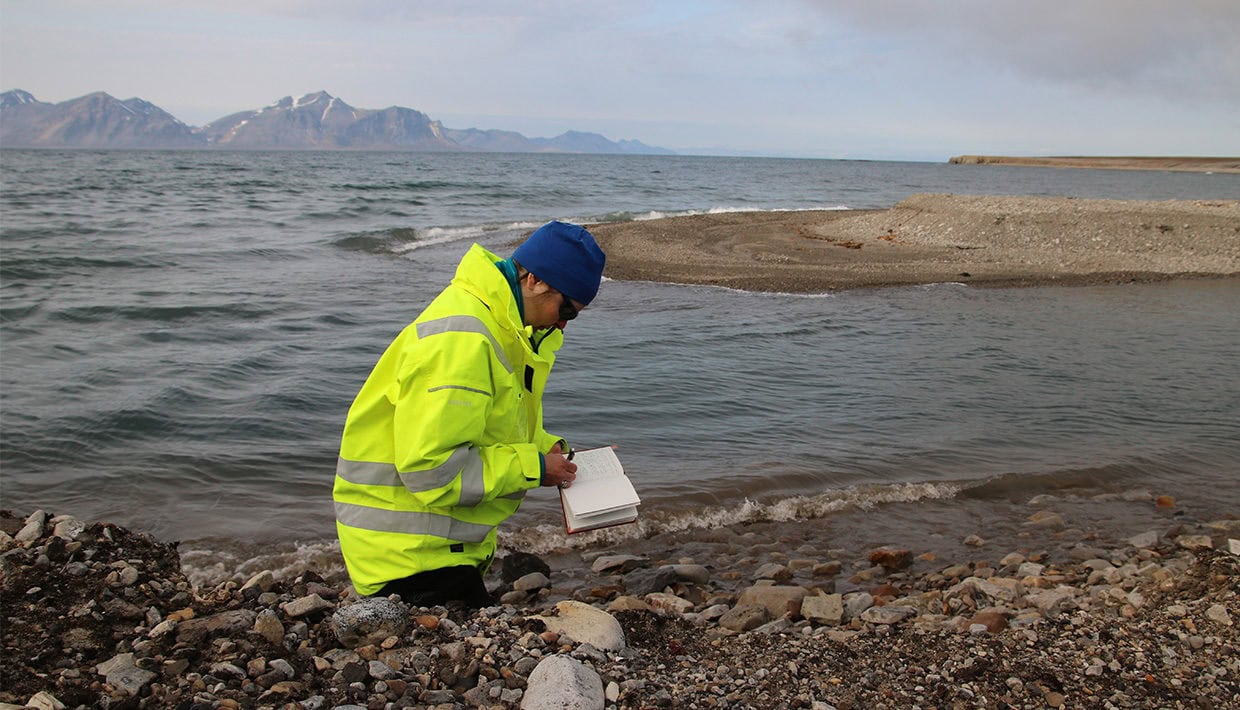
The global state of research on social archaeology and climate change it the topic for this years Summit on Social Archaeology of Climate Change (SACC) in Kiel.
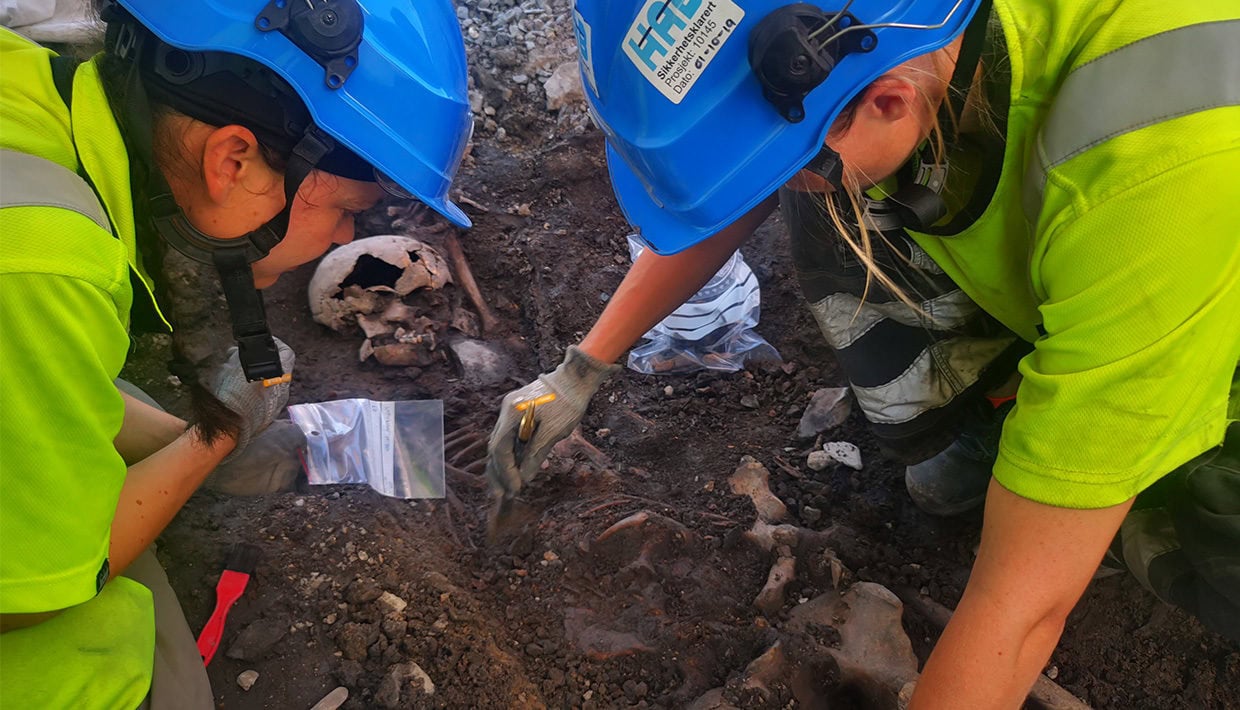
NIKU's archaeologists have made an exciting find in Oslo - a grave containing three individuals displaying weapon cuts to the head and neck. The individuals may have been combatants in Norway’s civil war (1130-1240).
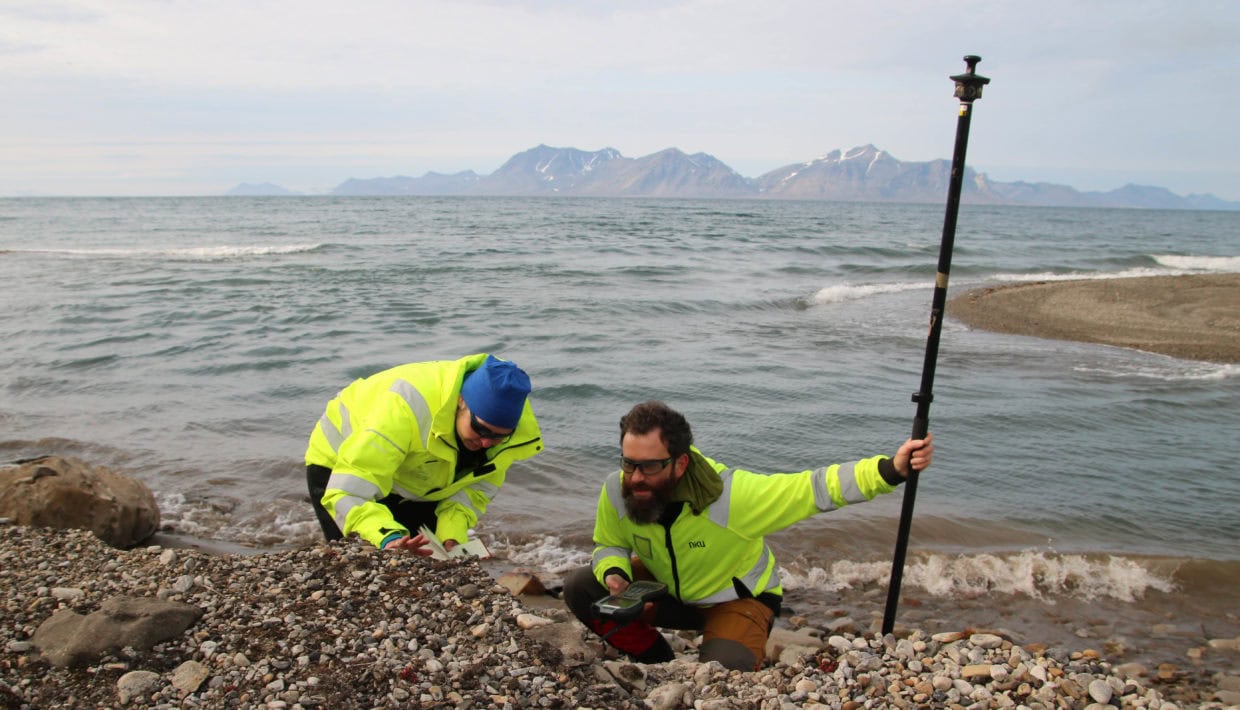
But the grave and the story behind it is already disappearing in the fjord.